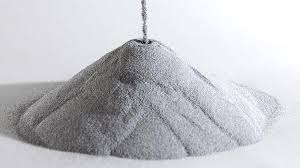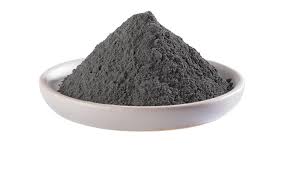**Boron’s Secret Identity: The Periodic Table’s Undercover Agent**
(What Group Number Is Boron)
Let’s talk about the periodic table. It’s like a giant cheat sheet for scientists, organizing elements into neat groups based on their personalities—or, more accurately, their chemical behaviors. Today, we’re spotlighting boron. This element isn’t flashy like gold or as infamous as uranium, but it’s got a quiet charm. And here’s the big question: what group does it belong to? Let’s crack the code.
Boron sits in **Group 13** of the periodic table. If groups were high school cliques, Group 13 would be the quirky squad. It includes aluminum (the soda can star), gallium (the metal that melts in your hand), indium (used in touchscreens), and thallium (a classic murder-mystery poison). Boron, though? It’s the oddball of the group.
Here’s the twist. Most elements in Group 13 are metals. Boron? Not quite. It’s a metalloid—a hybrid between metals and nonmetals. Imagine it wearing a half-metal, half-nonmetal costume. This split personality gives boron unique traits. It’s hard like a metal but brittle like glass. It conducts electricity, but only when it feels like it. Basically, boron plays by its own rules.
Why does this matter? Because boron’s quirks make it incredibly useful. It’s like the Swiss Army knife of elements. You’ll find it in laundry detergents (fighting stains), fiberglass (insulating attics), and even in your phone screen (keeping it scratch-free). But its coolest gig? Spacecraft. Boron fibers are light yet strong, perfect for surviving the brutal conditions of space.
Let’s dig deeper. Group 13 elements have three electrons in their outer shell. These electrons are like tickets to the chemical reaction party—they determine how elements mingle. Aluminum, for example, loves handing out its tickets, making it great for soda cans or airplane parts. Boron? It’s stingier. It holds onto its electrons tightly, which means it reacts differently. This makes boron a go-to for heat-resistant materials or controlling nuclear reactions.
Boron also has a hidden talent: teamwork. Pair it with oxygen, and you get borates. These compounds are everywhere. Ever heard of borosilicate glass? It’s the stuff in baking dishes that don’t shatter in the oven. Or borax? That powdery cleaner under your sink. Even plants rely on boron to build cell walls. No boron, no broccoli.
Now, let’s clear up a common mix-up. People sometimes lump boron with carbon or silicon. They’re neighbors on the periodic table, sure, but their groups tell different stories. Carbon (Group 14) is the backbone of life. Silicon (Group 14) rules the tech world. Boron? It’s the quiet problem-solver, bridging gaps between metals and nonmetals.
(What Group Number Is Boron)
So next time you pick up a Pyrex dish or water your garden, give boron a nod. It’s proof that even the most undercover elements can shape our world. And if anyone asks, “What group is boron in?”—you’ve got the answer. Group 13, where the weirdos get stuff done.
Inquiry us
if you want to want to know more, please feel free to contact us. (nanotrun@yahoo.com)




